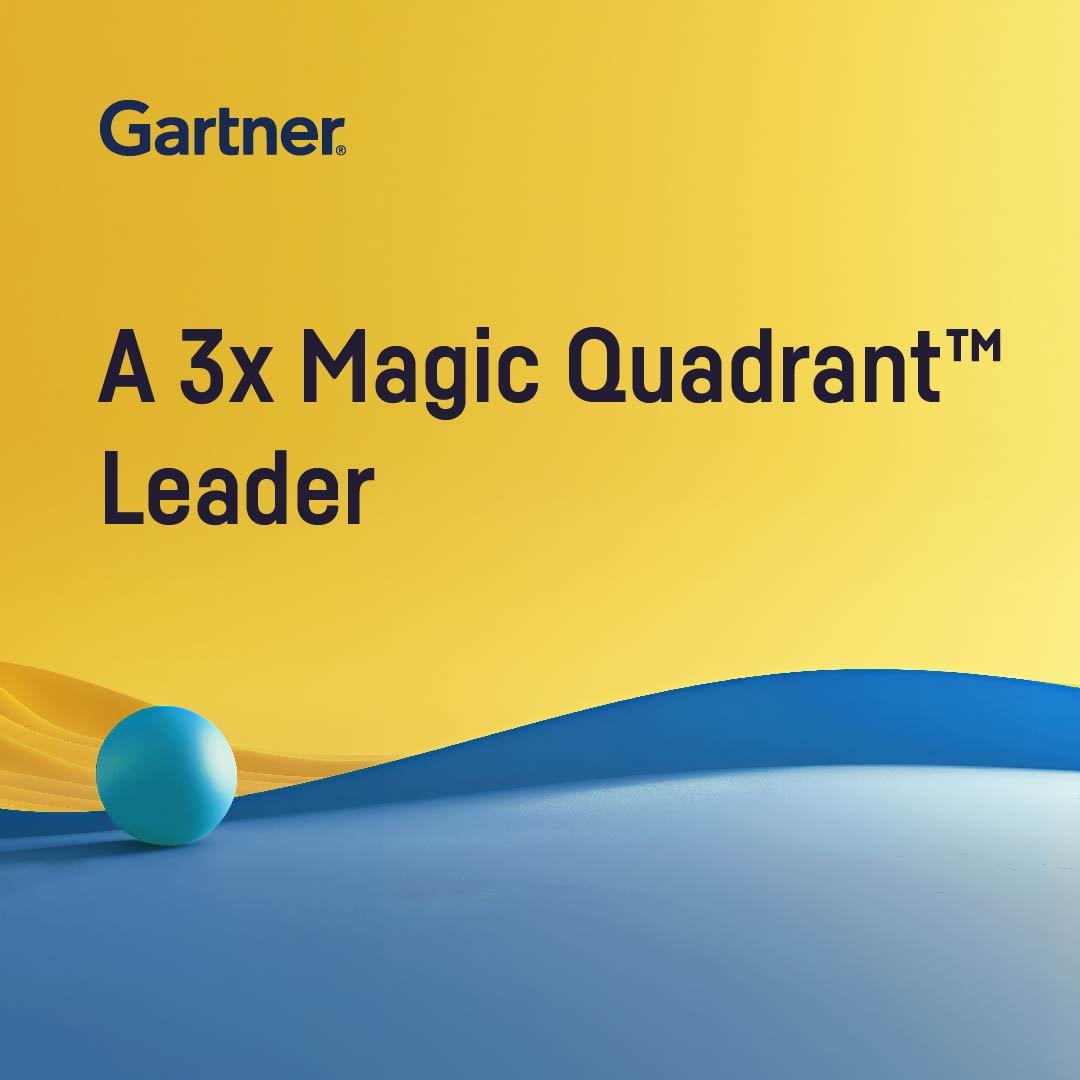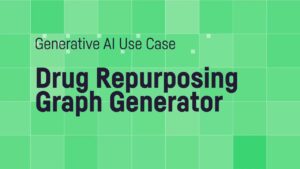Graph analytics offers a fantastic opportunity to accelerate the discovery of new links between specific drugs, diseases, or genes in order to identify opportunities for repurposing existing drugs. However, building graphs can be tedious and limited to specialized expert teams. Through Generative AI — in this specific case, large language models (LLMs) — analytics teams and R&D experts can easily explore relevant relationships between data, using graphs automatically generated with simple prompts in natural language.
Feature Highlights
- Increase Revenue: Find new relationships at increased speed for more frequent and relevant opportunities to repurpose drugs for new market opportunities.
- Increase Efficiency: Speed up the process and reduce the complexity of generating graphs for analysis.
- Ease Exploration: Simply type in a command to instantly get results for faster and deeper exploration.
- Empower Teams: Empower analysts and if go other stakeholders to generate graphs rather than just expert data teams.
How It Works — Architecture
A project created in Dataiku has been fed with prepared data from publicly available sources on existing drugs, mapping to diseases, mapping between diseases and genes, and more.
To quickly deliver useful graphs, the pharma professional interacts with the visual graph editor interface. The expected graph is created based on a prompt, which is sent to an LLM via API.
Once the graph is generated, the professional can deep dive into the graph, refine it using the proposed options, and start investigations. Resulting graphs can be easily saved as-is or turned into full graph analytics fed into graph databases such as neo4J.
Considering the absence of critical data sent out, the public version of the API can be used. However, extensive use on critical applications could require switching to containerized LLMs.
Responsibility Considerations
In addition to an overarching Responsible AI policy enforced on the entire project, additional and more specific conditions include:
- As the LLM is used to generate graphs via a prompt approach, it is important to clearly outline that AI is involved in the process.
- Outputs from the prompt should be checked thanks to full transparency on graph parameters.
Collaborative analysis involving pharma professionals and data experts should be organized regularly to confirm suitability of outcomes.





